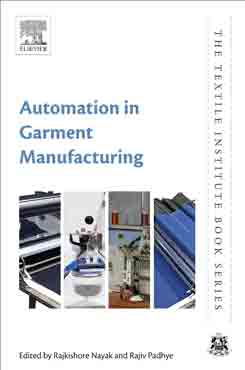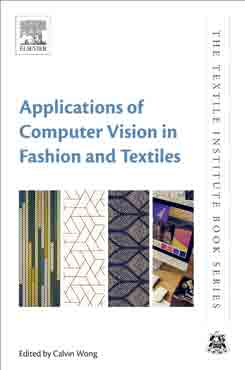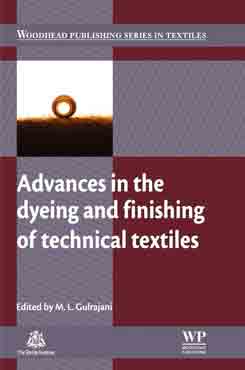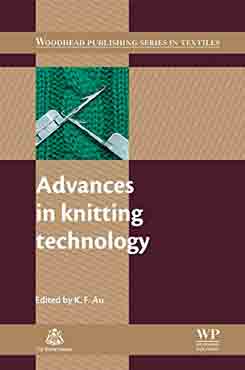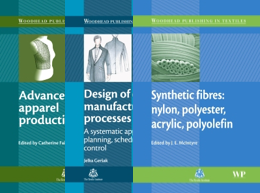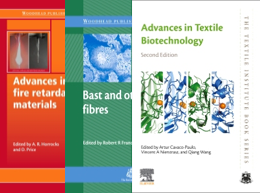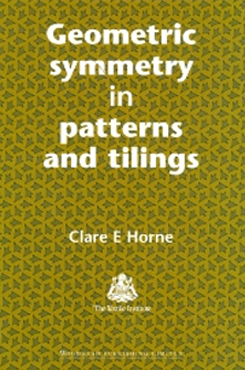Description
This second edition of Design of Clothing Manufacturing Processes comprehensively addresses the design and planning of clothing manufacturing processes, beginning with the classification of clothing and discussion of its market, clothing sizing systems, and the key issues involved in developing a fashion collection. Special emphasis is placed on production planning and control, with detailed coverage of the processes of design, pattern making and cutting, joining techniques, work analysis, clothing manufacturing planning, and the behaviour, performance, and quality of materials critical to the development, planning, and control of manufacturing processes and the sale of garments.
With its descriptions of the rapid, integrated, and flexible manufacturing systems of today, driven by demand information, this book explains how new supply chain models and manufacturing processes can lead to a much quicker route from design to distribution. This new edition is updated with important new research and topics, including digital fashion incorporating scientific aspects of fabric modelling, simulation and digital fitting, and the performance of seams as an important criterion for the quality and appearance of clothing.
Key Features
- Considers in detail the design of clothing classification and sizing systems
- Comprehensively presents the requirements of digital fashion, the terminology used for virtual garment, fabric modelling for virtual clothing simulation, and digital fitting
- Covers the production planning in all aspects of clothing production from design and pattern making to manufacture
- Provides a thorough review and description of quality requirements for clothing materials
- Looks in detail at the performance of stitched seams, from the theoretical basis for determining seam strength and the parameters that affect seam strength, to the phenomenon of seam pucker
Readership
Professionals involved in research and development, product development, and manufacturing at textile and fashion related companies and manufacturers. Researchers and postgraduates working on projects involving textile, clothing, manufacturing, or fashion
Table of Contents
- Foreword: Design of clothing manufacturing processes
- Preface
- 1: Clothing classification systems and market segmentation
- Abstract
- 1.1: Introduction
- 1.2: Clothing classification from an anthropological perspective
- 1.3: Clothing classification from an engineering perspective
- 1.4: Harmonized clothing classification systems
- 1.5: Market segmentation
- 1.6: Conclusions
- References
- Further reading
- 2: Clothing sizing systems
- Abstract
- 2.1: Introduction
- 2.2: From earliest tailors’ patterns to the development of sizing systems
- 2.3: Clothing size and designation systems: A chronological review
- 2.4: Sizing systems and standardization
- 2.5: Conclusion
- References
- Further reading
- 3: Key issues in developing a fashion collection
- Abstract
- 3.1: Introduction
- 3.2: New product development
- 3.3: Fashion collection development
- 3.4: Fashion trade shows and garment collections
- 3.5: Conclusions
- References
- 4: Digital fashion: Customisation of the product
- Abstract
- 4.1: Introduction
- 4.2: Clothing – Digital fittings system – Terminological review
- 4.3: Virtual clothing simulation and digital fitting
- 4.4: 3-D visualisation and e-commerce
- 4.5: Virtual reconstruction of historical clothing
- 4.6: Conclusions
- References
- 5: Production planning and control in the clothing industry
- Abstract
- 5.1: Introduction
- 5.2: Production system planning and control within a company
- 5.3: Clothing-design analysis and activity planning
- 5.4: Key documentation
- 5.5: Manufacture quality requirements
- 5.6: Conclusions
- References
- 6: Planning of clothing design, pattern making and cutting
- Abstract
- 6.1: Introduction
- 6.2: Constructing garment patterns
- 6.3: Pattern-pieces and their preparation
- 6.4: Cut order planing
- 6.5: Pattern cutting-markers
- 6.6: Determining fabric consumption
- 6.7: Conclusions
- References
- Further reading
- 7: Planning clothing manufacturing
- Abstract
- 7.1: Introduction
- 7.2: Analysis of clothing manufacture
- 7.3: Joining techniques
- 7.4: Work analysis
- 7.5: Planning manufacturing operations
- 7.6: Planning clothing-assembly
- 7.7: Planning clothing manufacturing processes
- 7.8: Conclusions
- References
- Further reading
- 8: Quality requirement for clothing materials
- Abstract
- 8.1: Introduction
- 8.2: The textile structures performance as clothing materials
- 8.3: Quality requirements for textile materials for clothing
- 8.4: Physical characteristics: Types, methods of measurement and tolerances
- 8.5: Performance characteristics: Types, methods of measurement and minimum quality standards
- 8.6: Visible faults
- 8.7: Basic requirements for the mechanical and physical properties of clothing materials
- 8.8: Ecological labelling of clothing and textile products
- 8.9: Environmental aspects of textiles – Reuse and recycling of textile materials
- 8.10: Conclusions
- References
- Further reading
- 9: Seam performance as a criterion for the product quality
- Abstract
- 9.1: Introduction
- 9.2: Seam performance
- 9.3: Theoretical basis for determination of a seam strength
- 9.4: Alterations in sewing thread strength as the cause of loading in the sewing process
- 9.5: The phenomenon of seam pucker
- 9.6: Conclusions
- References
- Index
